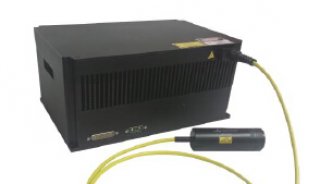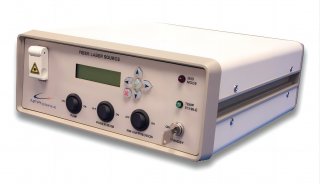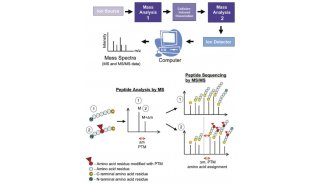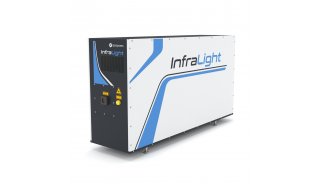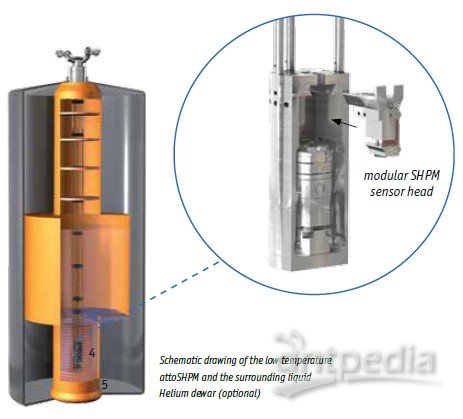Large-scale Immunocytology
This protocol describes our method for preparing cells for immunofluorescence, in which all incubations and washes are performed in microtiter dishes. Two dishes can be processed simultaneously. The last step is to transfer each sample to a well on a polylysine coated 8-well slide for visualization. The protocol can also easily be adapted for preparing cells for immunofluorescence in microfuge tubes.
The protocol is now a seperate document
Protocol
Annotations refer to notes in list given below
For analysis of fusion proteins expressed during vegetative growth, inoculate yeast strains into 70 ul of YPD in round-bottomed microtiter wells and grow for ~12 hrs1 at 30oC on a vortex shaker (set on the lowest setting) or orbital platform shaker (240 r.p.m.).
Centrifuge microtiter dishes for 5 minutes at 500 X g to pellet cells.
Fix cells by adding 1/10 volume of 37% formaldehyde and incubating at room temperature for 15 minutes to 1 hour 2 without shaking.
After fixation, pellet cells. Wash cells 3 times with 100 ul Solution A , pelleting between each wash, and finally resuspend in 100 ul of Solution A containing 0.1% beta-mercaptoethanol, 0.02% glusulase and 5 ug/ml zymolyase 100T.
After incubation at 37oC for 60 minutes, wash cells3 twice with 100 ul PBS and once with PBS containing 0.1% NP404. (Many cells are lost at this step.)
Add primary antibodies5, 6 to each well in 30 ul of PBS plus 0.1% BSA (bovine serum albumin). Incubate overnight7 at 4oC with very gentle shaking.
Wash cells once with PBS, once with PBS plus 0.1% NP40, and then again with PBS.
Resuspend cells in 30 ul of PBS plus 0.1% BSA containing the secondary antibody8, and incubate for 4 hours at room temperature or overnight at at 4oC with very gentle shaking. Wash cells as in step 5, with the addition of an extra wash in PBS plus 0.1% NP40.
Finally, resuspend cells in 30 ul PBS. Transfer 15 ul to individual wells on a polylysine-treated 8-well slide9. Allow cells to settle for 15 minutes or longer (use a humid box to prevent drying out).
Gently aspirate off excess solution and immediately add 4 ul of mounting solution to each well. Add a coverslip, seal edges with nail polish and store slides at -20oC in the dark.
Solutions
Solution A PBS Mounting solution
Primary antibodies
rabbit anti-beta-gal antibody (Cappell Laboratories #0631-0002, at 1:200 dilution)
rat monoclonal anti-yeast tubulin (YOL1/34; Sera-lab, at 1:100 dilution of monoclonal supernatant)
mouse monoclonal anti-HA (MMS101R, BAbCo, at 1:200 dilution)
mouse monoclonal anti-HA (12CA5, Boehringer, at 1:200 dilution)
rabbit polyclonal anti-HA (RS1010C, BAbCo, at 1:200 dilution)
Secondary antibodies
Texas Red-conjugated anti-rabbit (Jackson Labs, 1:200 dilution)
FITC-conjugated donkey anti-rat (Jackson ImmunoResearch Laboratories, 1:100 dilution)
Cy3-conjugated goat anti-mouse (Jackson Labs, 1:300 dilution)
Important Notes
Dilution of overnight cultures and further incubation may be necessary to ensure the culture is in log phase, not stationary.
Shorter fixation times (15-30 minutes) are recomended if anti-HA antibodies are to be used, as the epitope may be destroyed in longer incubations.
After spheroplasting, treat the cells with care (i.e., spin slowly 500 X g, 5 min, and gently resuspend) to prevent separation of buds from the mother cell.
It is very easy to cause cross-contamination between wells. Include appropriate controls such as empty wells and use the lowest vortexer setting possible. This is especially inportant when rinsing with PBS 0.1% NP40, because foaming occurs. Caps designed specifically for microtiter dishes may be used (Beckman # 26705).
Anti-yeast antibodies are previously removed from all sera used (protocol given below). Centrifuge diluted antibodies in a microfuge for 1 minutes at 13,000 X g prior to use.
We use a polyclonal anti-beta-gal serum. Use of a commercial anti-beta-gal monoclonal antibody (Promega #Z378A) resulted in much poorer signal.
Incubation of cells with primary antibodies overnight (9 or more hours) results in a much stronger signal than short (~2 hr) incubations.
Anti-mouse secondary antibodies will recognise rat primary antibodies, and vice versa. Therefore, YOL 134 cannot be used as a control for cells also stained with mouse monoclonal antibodies.
Preparation of polylysine slides: Spin polylysine (1 mg/ml) for 10 minutes, and add 10 ul per well on multi-well slides (Carlson Scientific Inc. #100806). Allow to sit for 15 minutes, then rinse with H2O and air dry. These slides may be stored at -20oC






